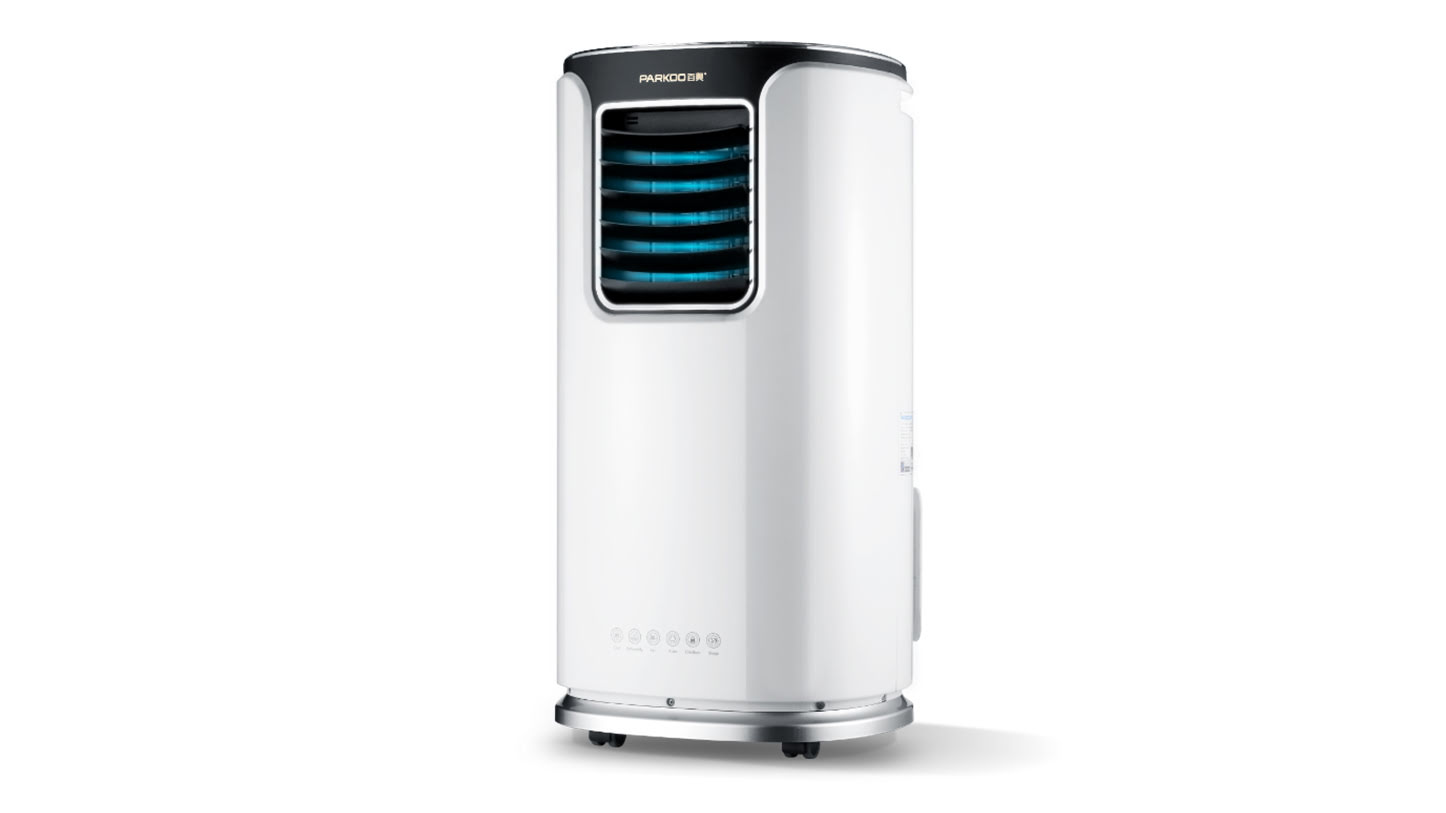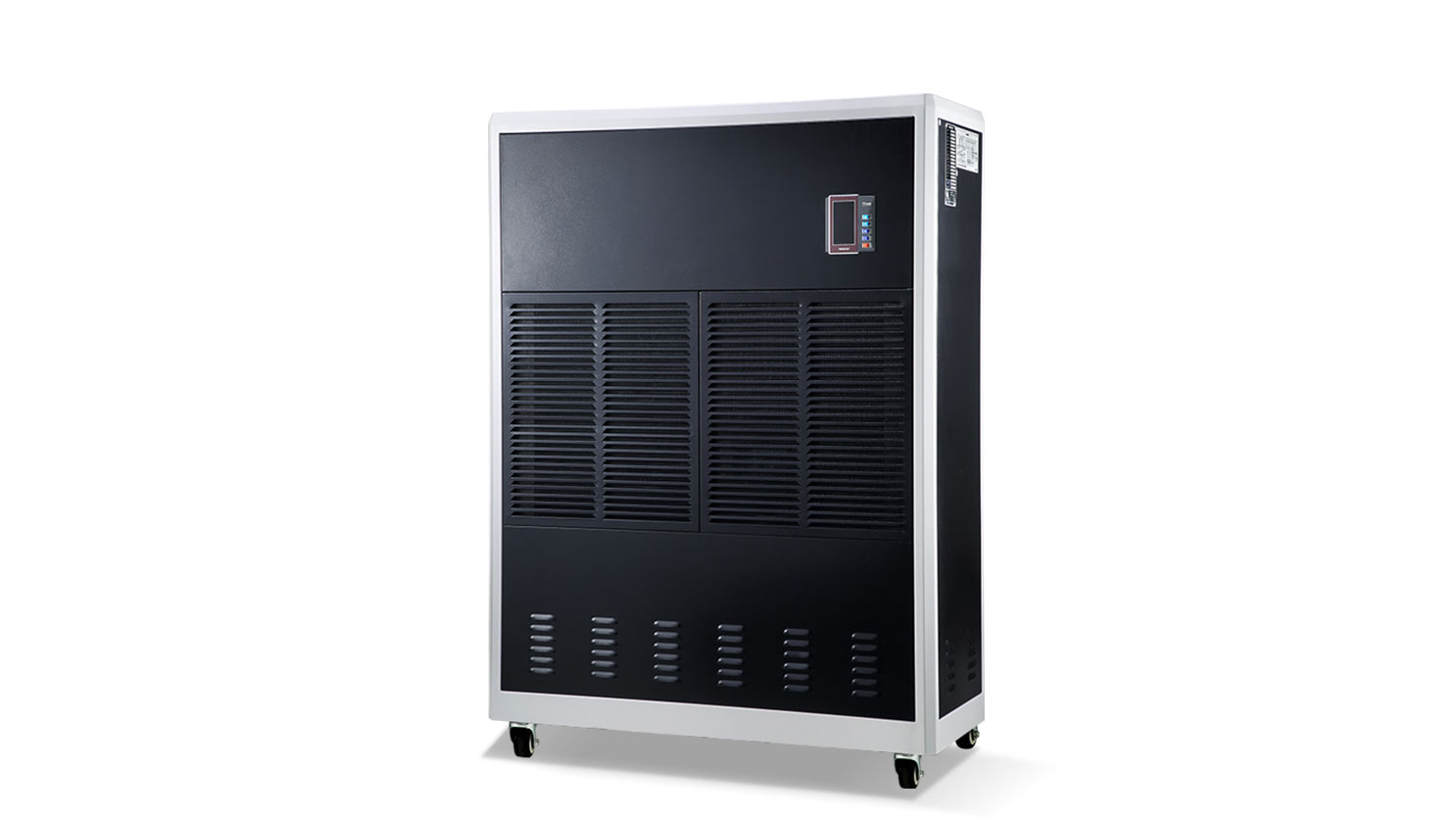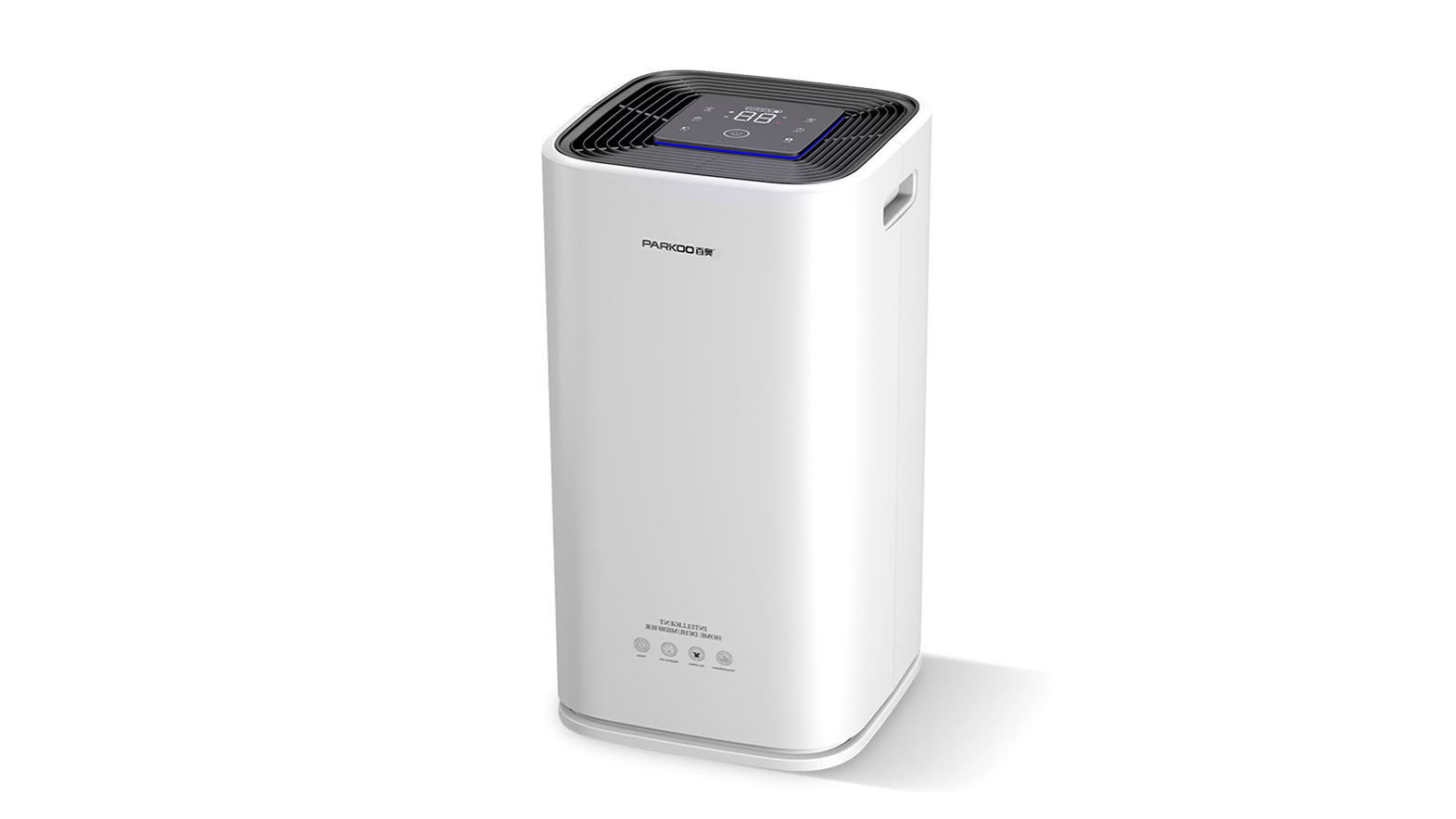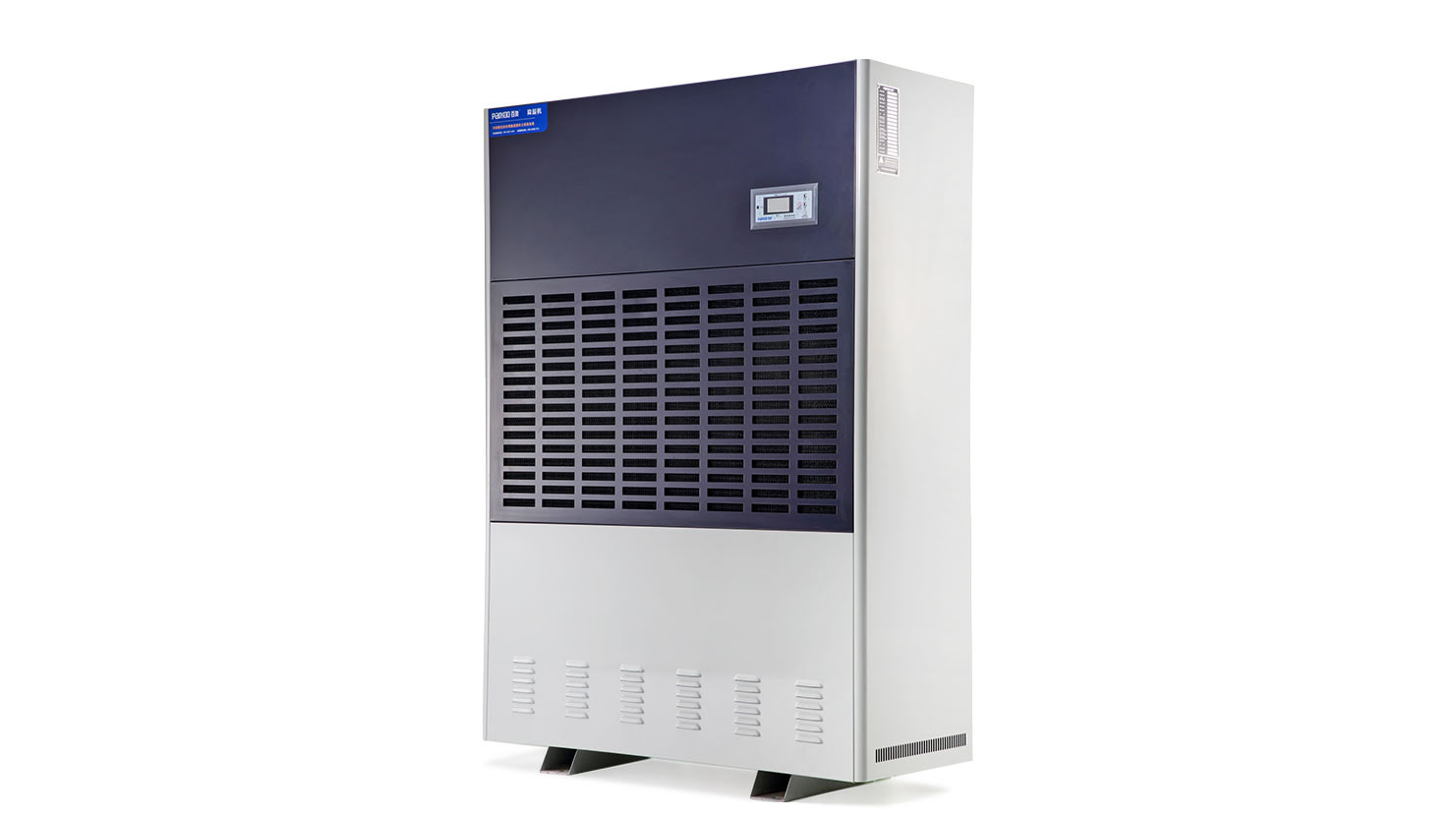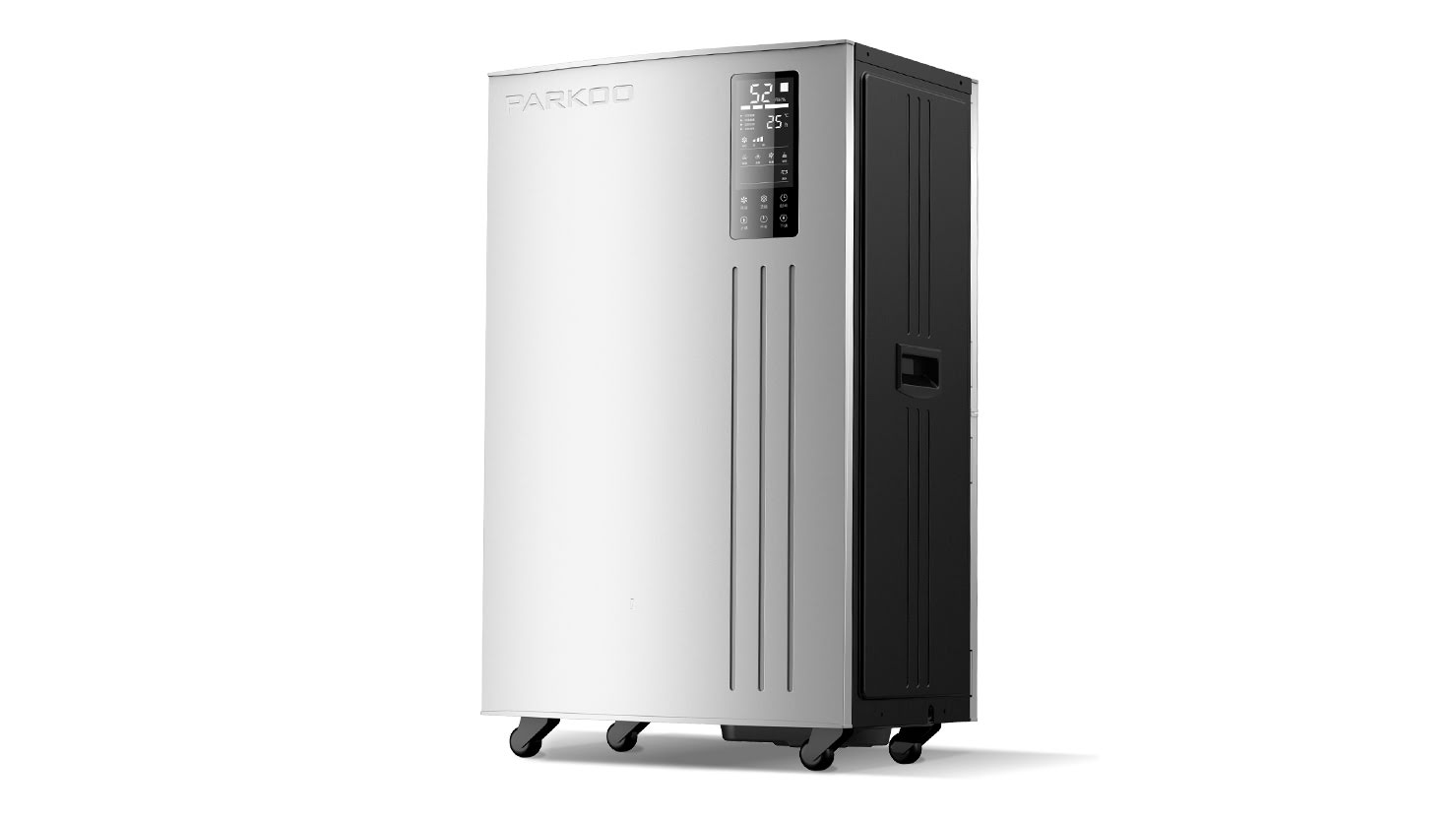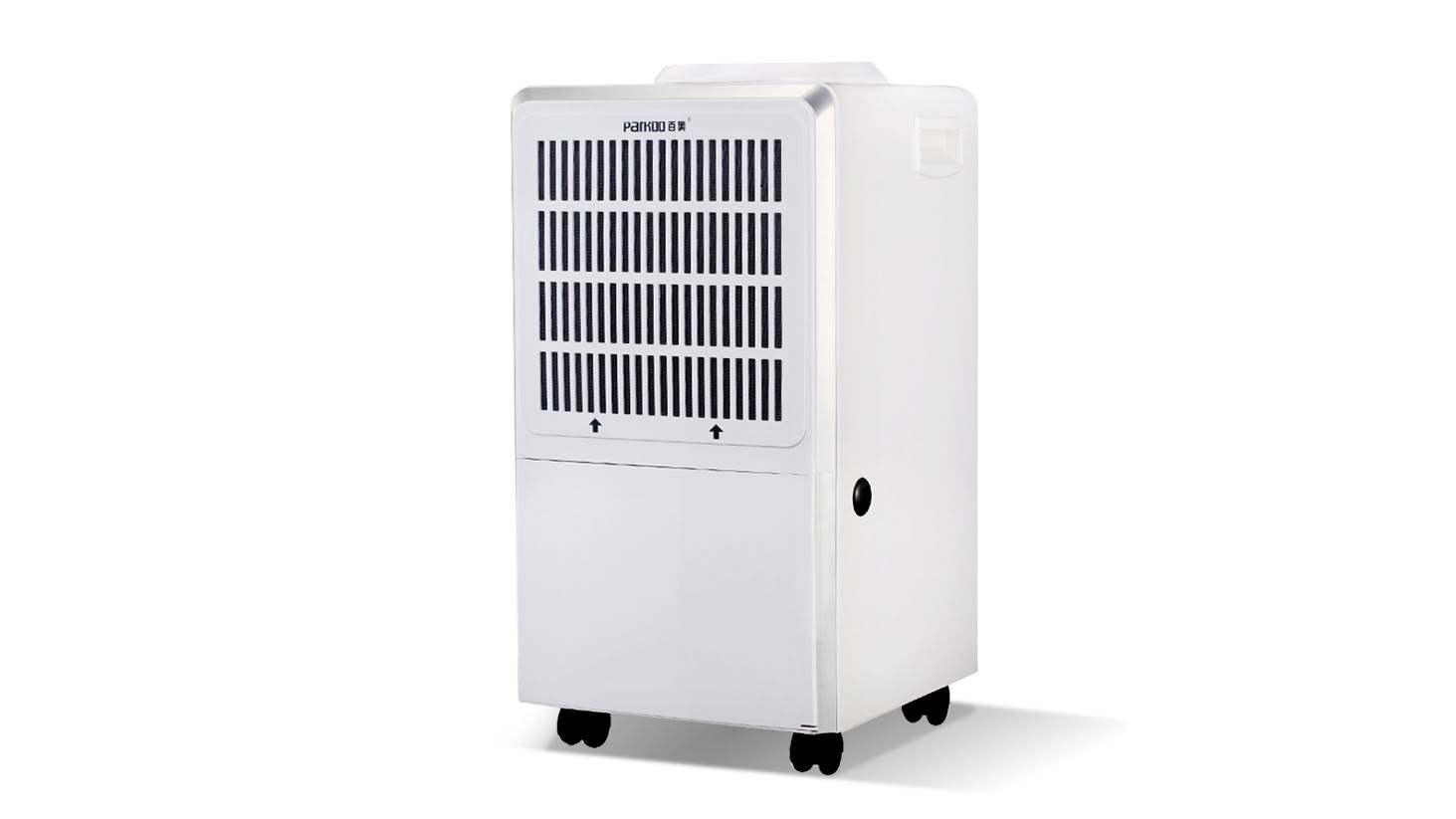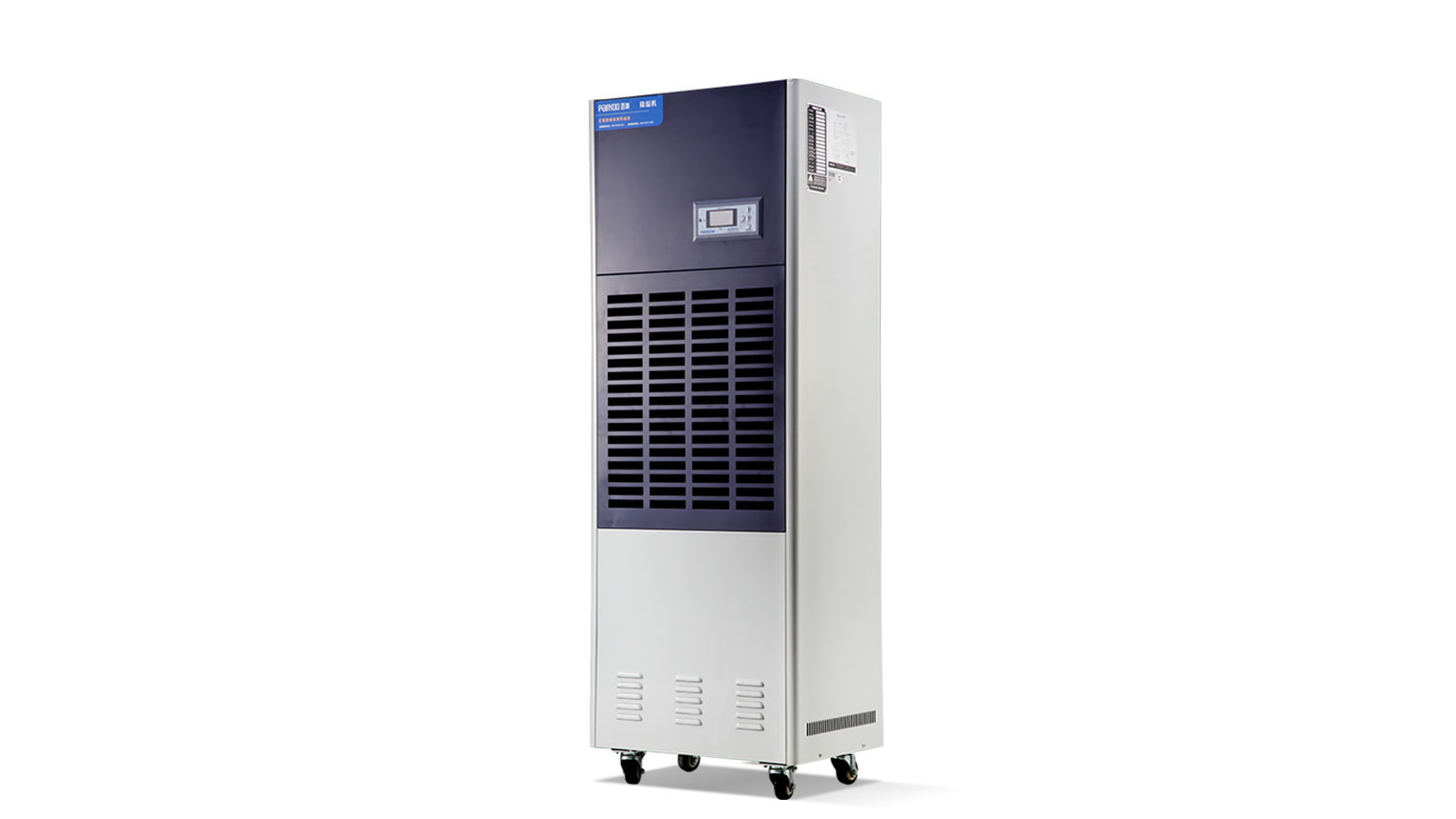we know that all things grow on the sun, but without water, the sun alone cannot do it, so greenhouses Need to control temperature and huMidity well. both of these are indispensable, and one of them can lead to Poor Growth of Crops in the greenhouse. Temperature control has a heating system, so how should humidity control be Carried out? It should be noted that some newly cut crops and newly grafted seedlings require sufficient water to grow and survive, while insufficient humidity can inhibit crop growth
generally speaking, there are Several methods to increase the humidity of Greenhouse Greenhouses:
1. wet cuRTain method: As the name suggests, a wet curtain is a material with a high water content, and you can think of it as a curtain cloth soaked in water. Of course, the wet curtain used in greenhouses is not so simple, It is made using a new generation of polymer materials and spatial cross-linking technology, with advantages such as high water absorption, high water resistance, mold resistance, and long service life. It is a Humidification system. A wet curtain is installed on the other side of a window, where air evaporates through the curtain and is blown to various corners by a fan, causing the indoor temperature to rapidly drop. Although this method can add Moisture, it may not be Appropriate to use it in winter Due to its Cooling effect, as crop growth requires appropriate temperature
2. Sprinkler irrigation method: Using sprinkler irrigation to increase soil or air humidity is a commonly used method of humidification. This method is very common in greenhouse cultivation, also known as drip irrigation system, but its water utilization rate is not high, and often water seeps into the ground, causing serious waste
3. Sealing method: It ensures the sealing of the greenhouse, reduces the air circulation speed in the greenhouse, and ensures that the air humidity inside the greenhouse does not decrease. However, in long-term enclosed conditions, although the air humidity is high, it is not particularly humid, and the growth of crops is also not good. Although the pHotosynthesis of plants absorbs carbon dioxide and releases oxygen, this is a daytime event, and oxygen is still needed at night
4. Using a humidifier for humidification: This method is now used in many greenhouse greenhouses because it is simple and convenient to use, and has a comprehensive and contRollable air humidity, without the occurrence of high air humidity, which is very beneficial for crop growth. when the temperature inside the greenhouse rises or is too high, ventilation is required, which can cause a decrease in humidity and accelerate crop transpiration, leading to a decrease in transpiration rate due to water shortage in the plant body, or causing physiological disorders. Therefore, the greenhouse must Maintain appropriate humidity According to the requirements of the crops. Using a PARKOO Ultrasonic humidifier for humidification is a good choice
